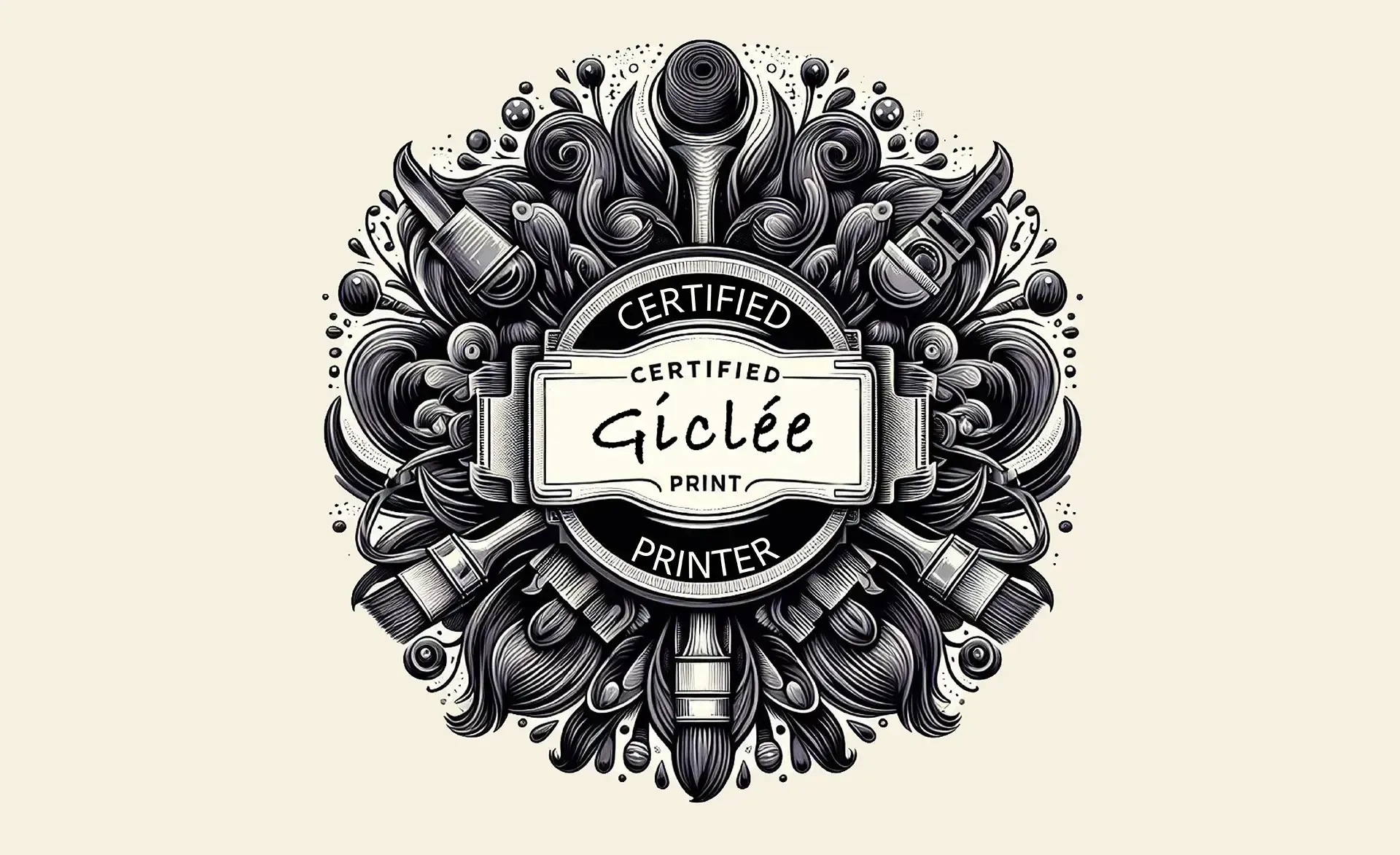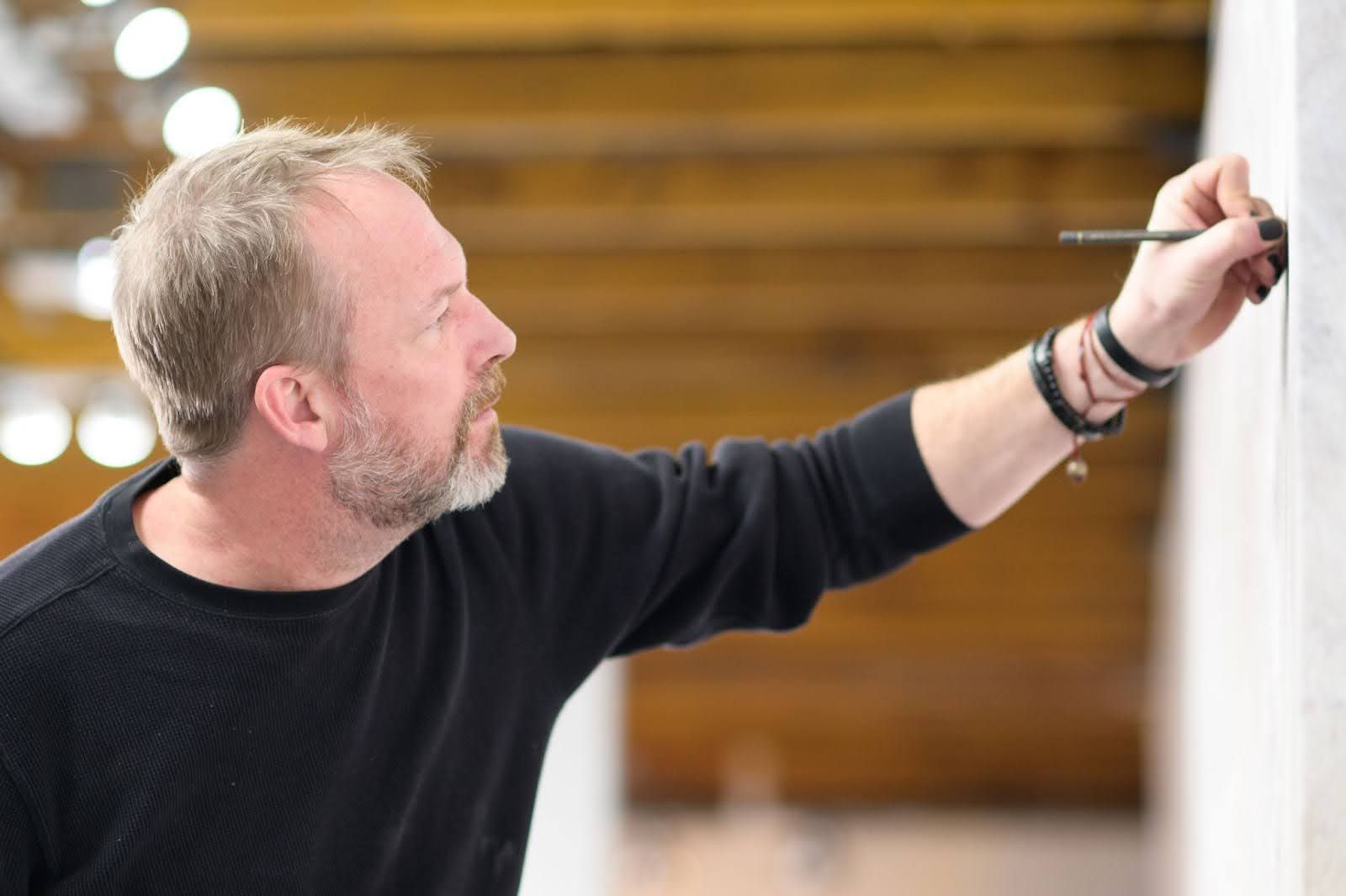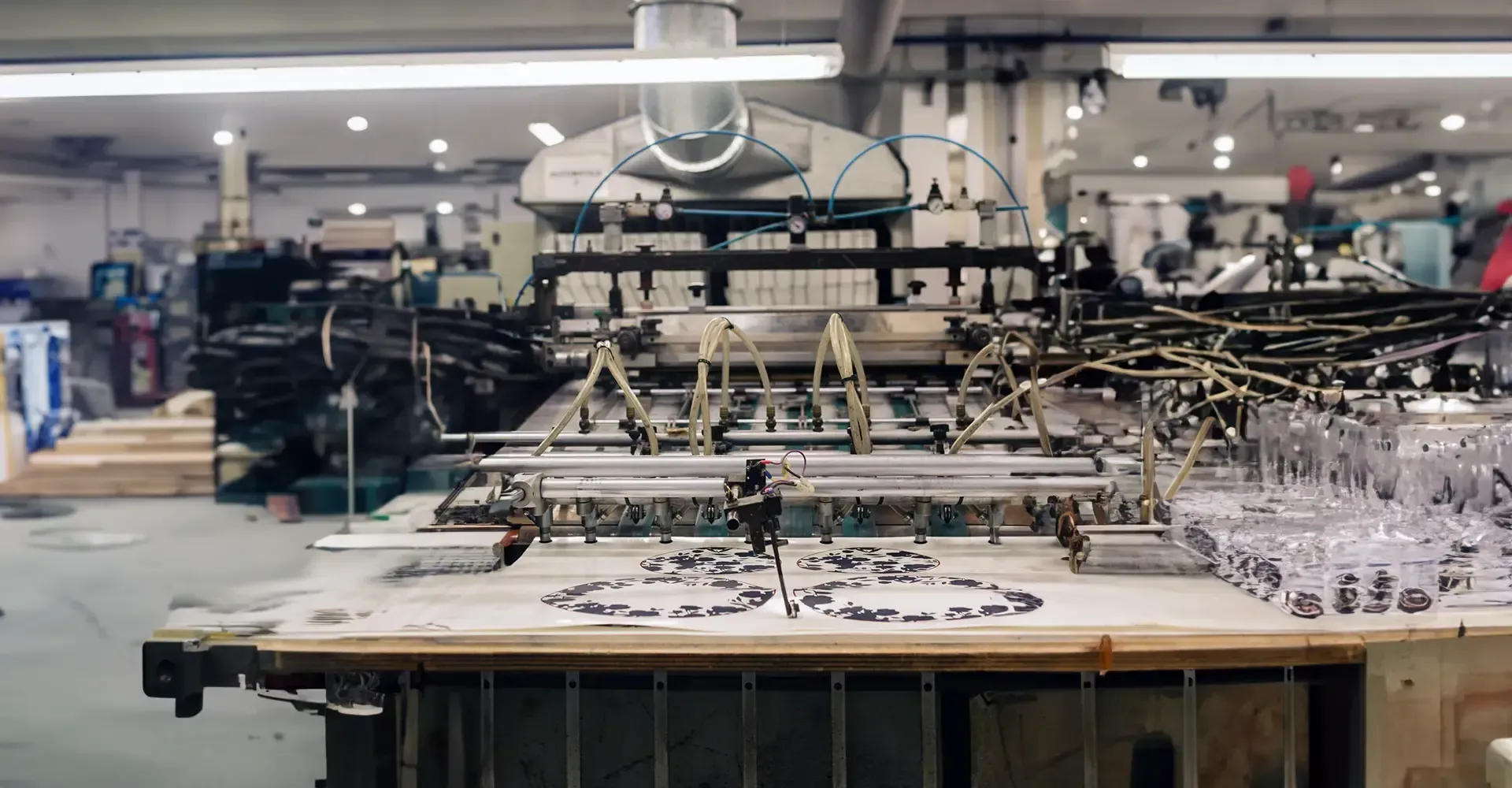How To Sell Art Online - A Comprehensive Guide for Artists
Introduction The digital world presents many opportunities for artists looking to sell their artwork online. This guide aims to help artists of all levels navigate the online art market and effectively use various platforms to sell their creations.
Establishing Your Online Presence
- Instagram—There are many social networks, but each one requires a commitment. If you don't add content twice a week, you are violating the first rule of social networks—consistently updating and engaging are the rules for any social network. Since you don't want to be a full-time social network marketer, we suggest starting with Instagram, which has many artists. Remember to follow and engage at least as much as you post.
- Creating A Website—Websites come with similar commitments. They aren't publish-and-forget, so even if you aren't ready for e-commerce, we recommend creating a website using AgileSiteLite. ASL is the easiest web builder, and we've used them all. It offers features like [insert features] which are beneficial for artists. You can create a website before you add a store.Choosing the Right E-Commerce Platform—We've used every e-commerce platform, from Magento to WordPress, and found ASL the easiest and fastest to create. Shopify deserves an honorable mention for its flawless shopping cart, but we don't like being nickeled and dimed to death.
- Branding - The reason you need a website to share your story and journey is you're building an online brand. The more you share, educate, and engage online, the more art you'll sell. Having a space you control is very important. On OPP (Other People's Platforms), you can easily step on an unknown tripwire and lose control of your Instagram or Facebook page. Diversify as much as time allows, and ensure you have a significant part of your digital-first assets, which are websites with about pages and stories.
- Marketplaces - Artsy, Etsy, Saatchi Art, FineArtAmerica, and other online marketplaces can help you build a following and sell art, but they are expensive, and you need to be in control. If you use them, create a strategic plan that outlines your costs and benefits. Often these platforms do not allow you to chose how your art is used and on which products it can be placed or printed. Do they offer samples to illustrate their commitment to quality? How much information are they willing to give you about their processes? CancerART.org is a partner and our favorite online marketplace for artists because it is free and artist maintain control of the work and their brand. The founder, Martin Smith, a cancer survivor, started this platform with the mission to help artists create sustainable brands online and cure cancer one masterpiece at a time. The founder asks artists to consider sharing some of their online store savings by donating a portion of their sales to cancer research. Still, donations are voluntary and matched by the company's founder.
- Digital Marketing Strategies — Email is at the core of most digital marketing strategies. Communicating with your collectors on a regular basis about what is happening keeps them engaged and ready to buy your next masterpiece. Effective email marketing strategies for artists include ongoing updates about your vision and works in progress, strategic promotions centered around holidays or events that matter to you and your work, promotions that include print giveaways and/or early access to work, including limited edition print runs. Content is the second most important digital marketing strategy, so make sure your website has a blog or at the very least that you share your thoughts and vision, not just your images, on social media. Share your art and thoughts in video or writing once a week.
- Packing & Shipping — Packing and shipping are expensive. Amazon has all online buyers thinking they will receive a purchase in two days, so you'll need to communicate how long it takes to ship your original art and provide some benchmarks for costs (another tricky subject when it comes to original art since different-sized paintings and sculptures require variable packing and shipping methods and costs). To calculate shipping costs for different-sized paintings and sculptures, you should share other similar shipping with a caveat warning shipping costs aren't static and they only ever go in one direction - more. Make sure that you communicate clearly when pre-sales or special orders have additional time before shipping.
- Protecting Your Art — We recommend keeping ChatGPT and other AI engines from your site. These engines work by essentially plagiarizing work and repurposing them. We use the tech team at WTE Solutions to accomplish this for our website. Contact them if you need help. State your copyright policies and use Creative Commons to help you define what needs licensing and what is accessible.
- Security—One clear advantage for platforms such as Audacious Gallery, cancerART, Shopify, and Artsy is that they handle security. Hacking happens and can bring big hassles and costs. We're seeing security certificates come with shorter terms—they used to be rented by the year. If you have a security certificate, make sure it is on auto-renew since you never want your customers to see a 'This Site Is Not Safe' warning. Not renewing a security certificate can lead to a "This Site Is Not Safe" warning - a warning that can destroy in moments all the trust you've created in years.
- International Sales—We don't recommend international sales UNLESS you are working with a platform. Even then, EU restrictions, tariffs, and paperwork are a pain. If you are starting to see lots of sales to the EU, we'd suggest working with a platform such as Shopify or Amazon and opening a FedEx or UPS account.
Selling art online opens up new possibilities for artists to reach a global audience. By utilizing platforms like Audacious Gallery, cancerART, Shopify, and social media, artists can expand their art business beyond traditional boundaries. The online art community is vast and supportive, offering a strong sense of community, resources, and partnerships to help artists succeed. Whether selling original art or prints like the ones we help artists such as Beth Palmer, Caelum McCall and Isabella Losskarn create, artists can create a unique and profitable brand and style in the digital world.
Related Articles
Related Articles




